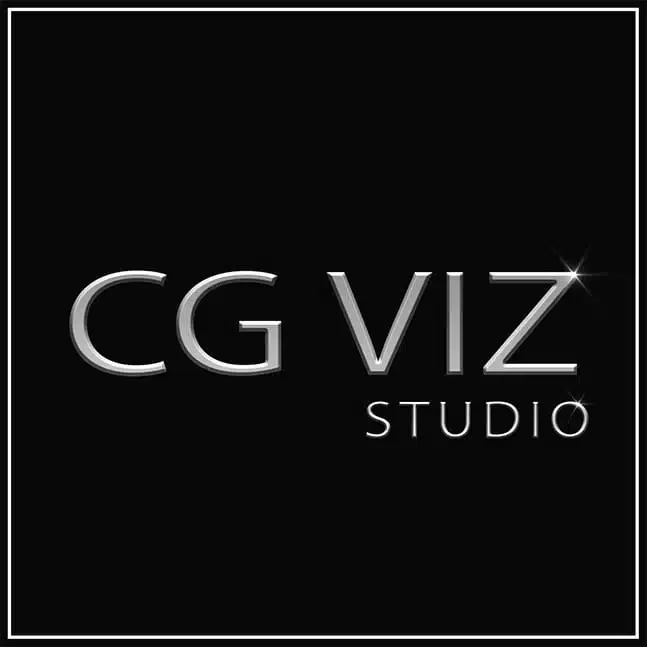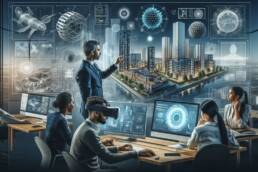What is V-Ray?
V-Ray is a physically-based biased rendering and simulation software widely used in Architecture, Product, Automotive & Film industries. This software was made by the Chaos group in Sofia, Bulgaria. Chaos Group has currently become the worldwide leader in computer graphics. Their software is widely used by 3D Artists & designers to create photoreal imagery and animation for design, television, & feature films.
Brief:
V-Ray is a program that can convert a 3D object to a realistic image. It differs from other rendering solutions in that it includes both CPU and GPU+CPU hybrid rendering options. V-Ray renders using adaptive ray tracing technology and proprietary scene intelligence to create imagery that is indistinguishable from a photograph. It accurately calculates the distribution of light as well as the physical properties of any material. V-Ray has support for many 3D applications such as:
- Autodesk 3dsmax
- Autodesk Revit
- Cinema 4D
- Maya
- Modo
- Nuke
- Rhinoceros
- Sketchup
- Katana
- Unreal
- Houdini
- Blender
Photorealistic Ray-Traced Rendering.
One of the best key features of V-Ray is to provide the flexibility of speed vs quality optimization. People with no real design skill or value for good presentations now run 100 or more renders at a time of various unconsidered, pointless views of their proposal in a ‘photorealistic’ style. If you can call it a style, or even ‘photorealistic’. 90% of the users aren’t capable of changing basic settings and rely on defaults.
V-Ray is as close to an industry standard as you’ll get, in terms of rendering. It is phenomenally powerful and flexible, and the Modo integration is really good, and getting better all the time. V-Ray is very popular in arch-viz for a good reason.
Out of the plugin renderers available for Modo, VRay has the best integration. It supports more of Modo's native features and has a better conversion of built-in lights, cameras, materials, and supports the normal shader tree workflow. It is not only limited to Image rendering but moreover provides a great deal of post-processing and grading features in the render window, including denoising.
V-Ray allows us to have great-looking visualizations in the least amount of time. The biggest advantage for a company to have a V-Ray in-house power user is that you do not have to pay for a 3rd party renderer, which coordination is time and money-consuming.
Industry-leading 3D rendering software.
Today, because of its versatility, V-Ray is used by small firms and large studios around the world. This is an Academy Award-winning, state-of-the-art renderer that not only provides top-quality renderings but also does it in a short period of time. Many feel the future belongs to V-Ray. 92 of the top 100 architecture firms in the world render with V-Ray every day.



